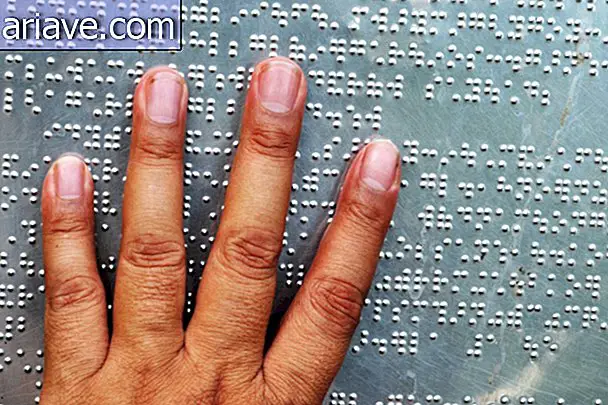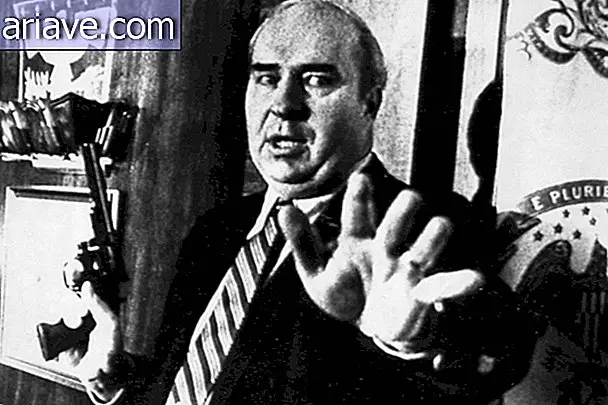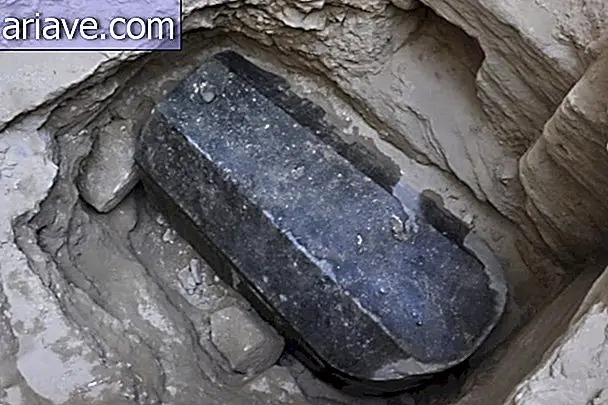Ancient ritual: the sacrifice of ugly people in Greece
When you think of ancient Greece, from 1100 BC to Roman domination in 146 BC, it is common for us to come to mind with important philosophers such as Plato, Aristotle, and Socrates. We also think about Greek democracy and the important cultural manifestations in the visual arts, performing arts, literature, music, theater and architecture.
But not only positive legacies were left by this population. There is a dark aspect, a widespread belief among Greek society about the existence of demons and ghosts that personified people's most terrible fears. This fear was much portrayed in the classic plays, which represented murders and deaths.

Undoubtedly, the custom that best demonstrated this troubling side was the “Pharmakos” ritual, a ceremony that has survived for centuries but still has many hidden details.
In times of crisis, war, and plagues, when society feared for its survival, each city should choose its ugliest inhabitant - it is very likely that "ugly" in this context meant someone with some deformity. The chosen ones would be named pharmakos and serve as a kind of scapegoat, someone else's fault.

During the day-long ceremony, pharmakos were very well fed with the finest delicacies available at the time, such as figs, cakes and cheese. They also wore good garments and necklaces with black and white figs, symbolizing men and women.
The purpose of the ceremony was to rid the community of misfortunes and this was done by expelling the chosen one from the city. During the course, the pharmakos were persecuted and stoned and could be sacrificed by the population. Other elements were thrown, such as onion and garlic bulbs, which in popular faith repelled miasma, evil spirits, and bad luck.
The ritual was so popular that it became annual in some cities, such as Athens, where it was performed during the annual Thargelia festival.

Greece's relationship with beauty and sacrifice
Greek society was obsessed with beauty and purity, and those who fled from these standards were seen as a threat. Physical imperfections could even be seen as a moral flaw, so many children with disabilities were left outside the city walls.
There is another important point: Greek mythology suggests that human sacrifice has the power to save a community. Thus, the Pharmakos ritual was a catharsis, representing the purification of the whole society through the sacrifice of its marginalized members.

The term “pharmakon”, which later gave rise to the English word “pharmacy”, means both poison and medicine, which demonstrates the ambiguous role of the ritual: the chosen one was “guilty” of all evils, but also the savior. Sacrifice did not free the city from hard times, but it eased the social tensions that accumulated during the crisis.
The practice has been extinguished and would be unthinkable these days. Because of this, some people build papier-mache dolls or other materials, even placing human parts, such as nails and hair, so that the bad energy of the place is removed. During the ceremony, the doll must be burned, buried or thrown overboard.
However, it is worth noting that Pharmakos psychological foundations are very common in our society. How often do we choose to blame for all the problems of a city or country? Want an example? See the constant headlines that show hate crimes against immigrants.
What is your opinion about the pharmakos ritual? Comment on the Mega Curious Forum











